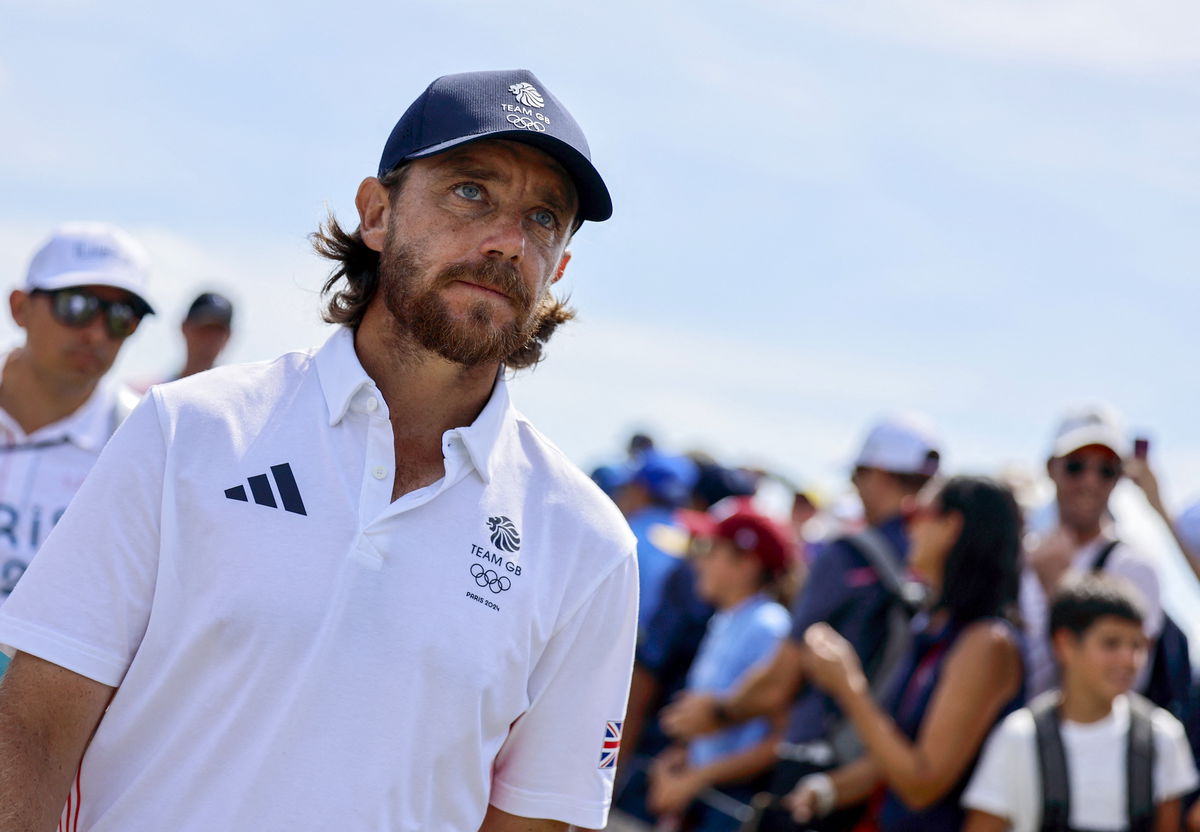
Reuters
Paris 2024 Olympics – Golf – Men’s Round 4 – Le Golf National, Guyancourt, France – August 04, 2024. Tommy Fleetwood of Britain during round four. REUTERS/Lisa Leutner

Reuters
Paris 2024 Olympics – Golf – Men’s Round 4 – Le Golf National, Guyancourt, France – August 04, 2024. Tommy Fleetwood of Britain during round four. REUTERS/Lisa Leutner
Picture this: a seven-time DP World Tour winner swallowing his pride and admitting he desperately needs lessons. That’s exactly what Tommy Fleetwood did recently, standing in his Dubai academy and wrestling with basic grip fundamentals like a weekend warrior. But here’s the twist – this isn’t about his regular right-handed game.
Watch What’s Trending Now!
The FedEx Cup champion recently broke 90 left-handed for the first time. Yet he wants more. “Not even going to stop at 80. If I do actually end up breaking 80, I want to be as good as I possibly can left-handed. And that is why I need a lesson,” Fleetwood declared during his YouTube series.
Fleetwood’s left-handed journey exposes critical technical flaws. “I just got to slice and I can’t like it gets worse and worse the the longer the club I go,” he admitted during his recent lesson with Michael Sweenie at the Tommy Fleetwood Academy.
ADVERTISEMENT
Yes!!! Very proud @RyderCupEurope 💪🏻 pic.twitter.com/d0WRQK8KR0
— Tommy Fleetwood (@TommyFleetwood1) August 11, 2025
The world No. 6 golfer faces severe grip issues. “I know my grip needs to be stronger,” Fleetwood acknowledged. Sweenie, the Head Performance Professional, immediately identified the problem. “So obviously we’ve got a big massive face to path value that’s open there,” the TPI Level 2 certified coach explained.
Sweenie brings impressive credentials to this challenge. He worked alongside legendary Scottish coach Bob Torrance. Moreover, he gained access to top European Tour players throughout his career. Previously, he developed the Colin Montgomerie Links Golf Academy. Later, he managed the Turnberry Performance Academy.
ADVERTISEMENT
The lesson revealed Fleetwood’s systematic approach. “We’re going to do it the right way and we are not going to get overconfident,” he stated. Sweenie employed progressive training methods. First, they focused on half-swing fundamentals. Then, they worked on proper setup positioning. Finally, they addressed face-to-face relationships.
The golf community reacted enthusiastically when Fleetwood announced his ambitious left-handed challenge. Bryson DeChambeau praised the unique quest. Furthermore, the PGA Tour’s official account commented with intrigue. Additionally, fans already anticipate Fleetwood winning his first PGA Tour event left-handed.
ADVERTISEMENT
His timing proves significant with the 2025 Ryder Cup approaching in September. Fleetwood automatically qualified in third position for Team Europe. Previously, he compiled a 7-3-2 individual record across three Ryder Cup appearances. Notably, he formed the famous “Moliwood” partnership with Francesco Molinari in 2018.
Top Stories
Watch: Scottie Scheffler Left Stunned as the Ball Betrays Him
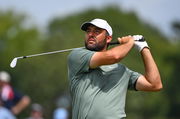
Cam Smith Net Worth in 2025: Career Earnings, Endorsements & More About LIV Golf Pro
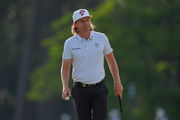
Jordan Spieth Faces Fresh Setback at Hero World Challenge Just When Injury Woes Settled
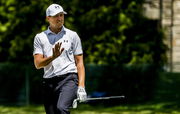
Rory McIlroy Suffers ‘Banana Peel’ Blunder as His Australian Open Setbacks Continue
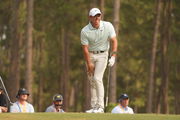
What Is the Playoff Format at Crown Australian Open 2025?

How Tommy Fleetwood master’s his non-dominant side
Elite golfers approach opposite-hand learning differently from amateurs. They possess superior hand-eye coordination. Consequently, they adapt faster to new motor patterns. However, they still face significant challenges.
ADVERTISEMENT
Research shows 85% of PGA Tour players are cross-eye dominant. This means their dominant eye is opposite to their dominant hand. Interestingly, switching hands can provide advantages in interactive sports. Phil Mickelson exemplifies this perfectly. He naturally swings right-handed but learned golf left-handed by mirroring his father.
Jordan Spieth presents another example. He’s naturally left-handed but plays right-handed golf. Similarly, Bubba Watson demonstrates natural left-handed ability. These cases prove handedness flexibility among elite players.
Professional golfers utilize systematic methodologies when learning opposite-hand techniques. They start with fundamental grip adjustments. Next, they focus on setting up the positioning. Then, they work on basic swing mechanics. Finally, they integrate course management principles.
ADVERTISEMENT
Fleetwood’s methodical approach mirrors these professional standards. Sweenie emphasized patience over quick fixes. “Half swing to half swing, really,” he suggested for building proper fundamentals.
The session showed immediate improvements. Initially, Fleetwood produced severe slicing patterns. However, setup adjustments created neutral swing paths. Additionally, strike quality improved dramatically.
This challenge serves multiple purposes for Fleetwood’s Ryder Cup preparation. First, it reinforces fundamental principles in his regular game. Second, it provides fresh perspectives on swing mechanics. Third, it maintains competitive sharpness during the off-season.
ADVERTISEMENT
Fleetwood’s left-handed quest represents more than novelty; it embodies a deeper meaning. It demonstrates elite athletes’ commitment to continuous improvement. His willingness to admit weakness and seek instruction shows a championship mentality. With the Ryder Cup approaching, this unconventional preparation method might provide unexpected advantages for Team Europe’s campaign.
ADVERTISEMENT
ADVERTISEMENT
ADVERTISEMENT

.png?w=50&h=50)
